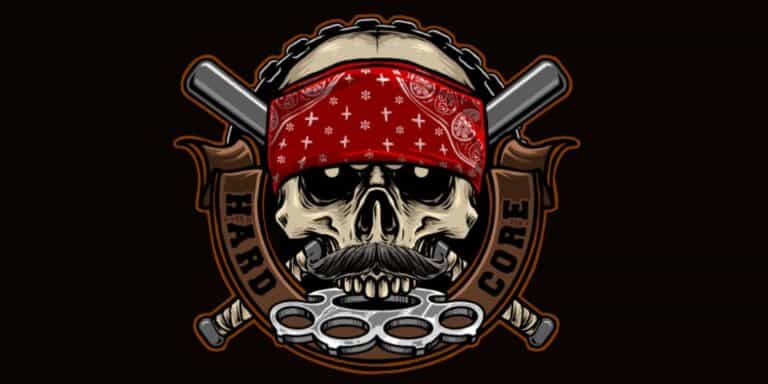Inside Hitler’s Killing Machine – The Nazi Camps – An Architecture of Murder
The documentary “Inside Hitler’s Killing Machine: Episode 1 – The Nazi Camps: An Architecture of Murder” explores the origins and development of the concentration camps and extermination centers during the Nazi regime in Germany from 1933 to 1945.
The film highlights the atrocities committed against the prisoners and the scale of the genocide that took place under Hitler’s regime. The documentary features interviews with survivors, historians, and archaeologists who reveal the brutal reality of life inside the camps and the mechanisms that enabled the Nazis to carry out their systematic extermination of millions of people.
The film begins by explaining that Adolf Hitler established concentration camps to incarcerate opponents of his regime shortly after coming to power in 1933.
However, within a decade, these camps had evolved into killing factories, where the Nazis carried out barbaric acts of genocide. The documentary focuses on the major extermination centers, Sobibor, Treblinka, and Auschwitz Birkenau, and explores how these camps became machines to crush and destroy entire populations.
The documentary features interviews with historians who explain how the concentration camps functioned and the number of camps that existed during the Nazi regime.
It is revealed that the original purpose of the camps was to re-educate those who had been judged as deviant, but there was no legal framework for these camps, which were opened in random locations by the police and the Sturmabteilung (SA), the paramilitary wing of the Nazi Party.
It was within this context that Dachau was created near Munich, Germany. It was the first major project of Heinrich Himmler, one of Hitler’s closest collaborators and the head of the SS. The documentary explains how Dachau became a laboratory, and its detainees were the guinea pigs for a diabolical plan.
The new director of Dachau, Theodore Eicke, was a Nazi from the outset, and his aim was to re-educate prisoners by breaking them both psychologically and physically into the Nazi mindset.
The film reveals that the concentration camps had a very definite set of rules based on the practices developed at Dachau, and the Nazi state owed the development of this model to two men, Heinrich Himmler and Theodore Eicke, who were both very close to Hitler.
The documentary explores the different stages of the concentration camps and the ghettos that were created along with extermination centers. It is revealed that the Nazis implemented a secret operation to invent the gassing process as early as 1939, which was used to kill prisoners in the extermination centers.
The film features interviews with survivors who recount their experiences of being transported to the camps, facing the apocalypse on arrival, and enduring the horrific conditions inside.
The documentary also features interviews with researchers and archaeologists who have access to unseen remains that have only recently been uncovered.
The film ends by discussing the liberation of the concentration camps by the Allies in 1945 and the aftermath of the Nazi regime.
The documentary highlights the scale of the trauma inflicted upon the victims and the survivors, and the efforts made to understand and uncover the secrets of how Adolf Hitler’s killing machine functioned.
Overall, the documentary provides a chilling insight into one of the darkest events in human history and serves as a reminder of the importance of never forgetting the atrocities committed under the Nazi regime.
Subscribe to our newsletter
Get Access To Our Latest Documentaries Before Everyone Else






